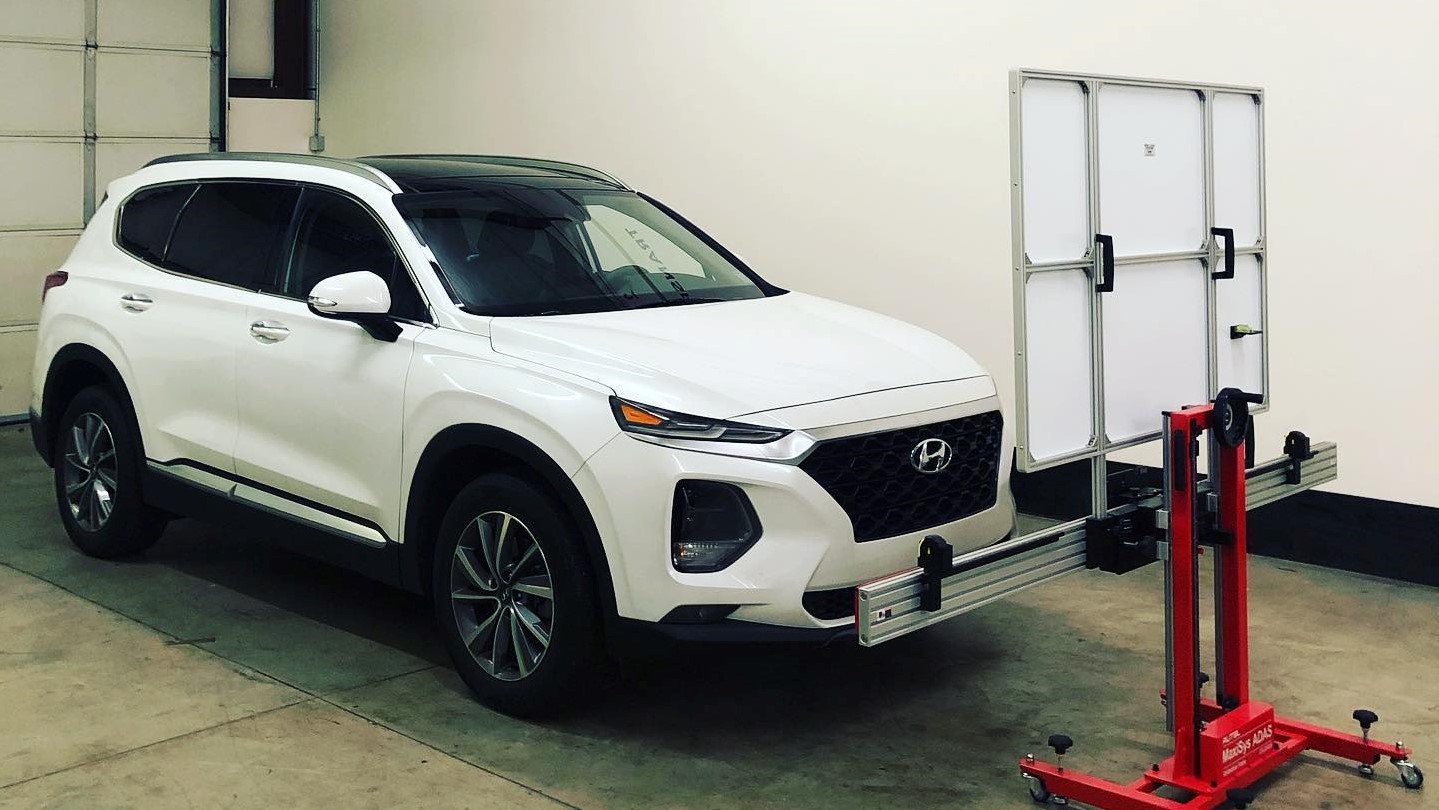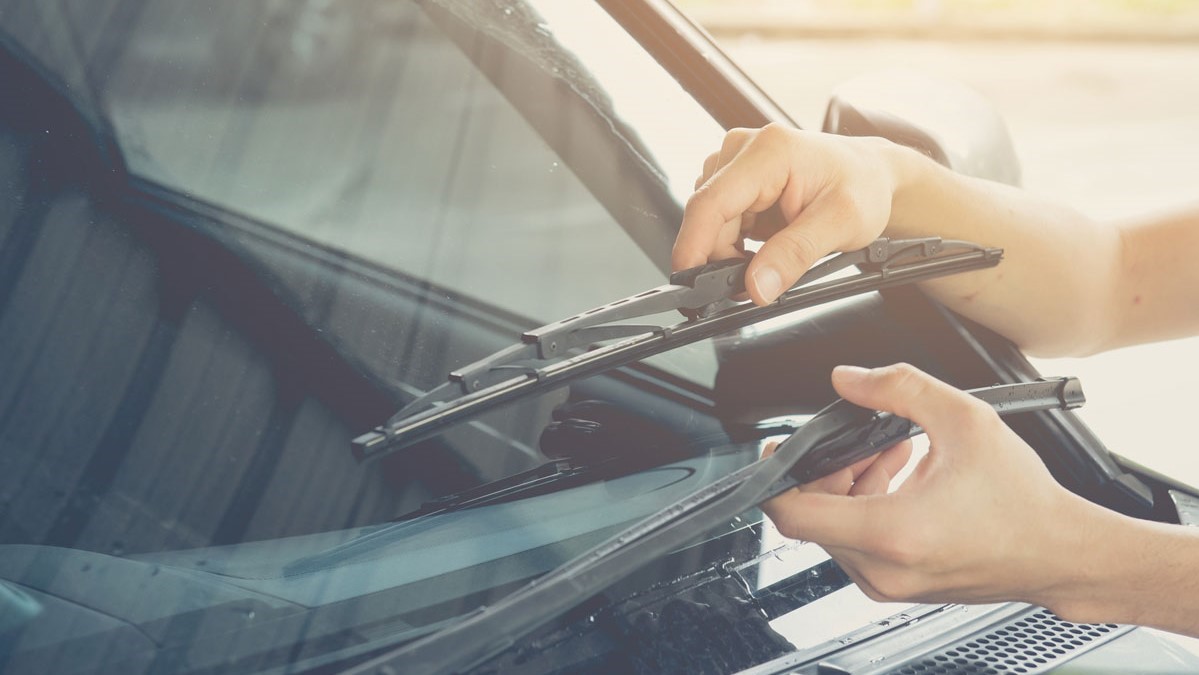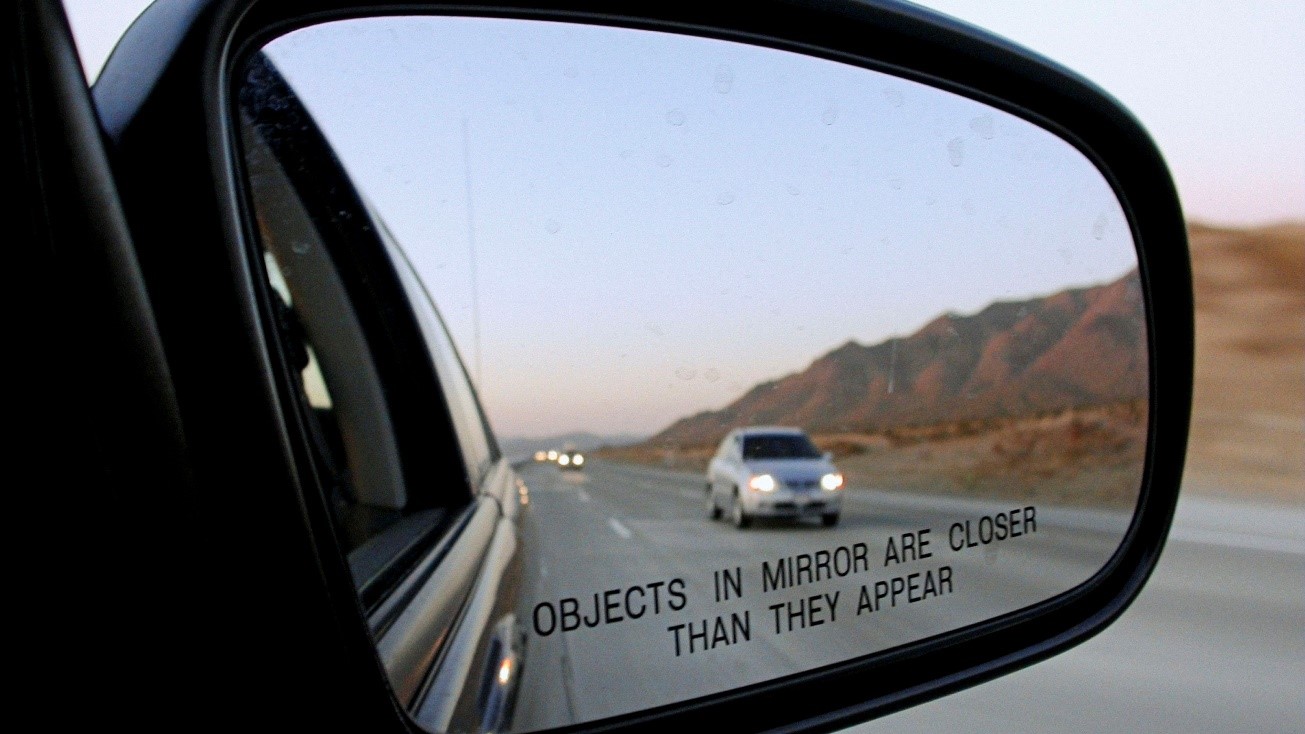What is ADAS calibration and why does your car need it?

Driving long hours on the road can be both difficult and dangerous. Accidents often occur when sleepy drivers accidentally swerve out of their lane and into another car. But what if we told you there’s a helping hand ready to warn you whenever you doze off or leave your cars lane?
ADAS, or Advanced Driver Assistance Systems, are the newest technologies to enter the automobile industry, and for good reason, they’re here to stay. In this article, our experts at Transparency Auto Glass will take you through everything you’ll need to know about Advanced Driver Assist Systems, why they need calibrating, and how they can help you on the road.
What is ADAS?
ADAS come in various forms. It’s simpler versions, such as automatic headlights and wipers, have been around for ages. But in this article, we’d like to introduce you to newer, more exciting versions of ADAS that will make your driving experience safer than ever before.
- Lane departure warning system: Lane departure doesn’t always lead to accidents, but it’s undeniable that it happens often and it’s extremely risky when there are other cars around. With a lane departure system, a warning sound will be set off each time your car moves off the lane without a turn signals on. Some vehicles also come with a feature called Lane Keep Assist (LKA). This system can actually steer the vehicle back into the center of the lane, in an event where you might not be quick enough to respond yourself.
- Automatic emergency braking (AEB) system: An AEB detects when an imminent crash is about to occur. It will then alert you to take corrective actions. If no actions are taken, an emergency brake will be automatically be applied to prevent the crash from occurring. A lighter version of the AEB is the forward-collision warning system. This system only monitors the distance between your vehicle and the one in front, warning you of an impending crash without any braking
- Adaptive cruise control: Cruise controls have been around for more than a decade. They keep your car at a consistent speed even with your foot off the accelerator pedal, allowing you to rest your feet when driving long distances. Recently, newer versions called adaptive cruise control or dynamic cruise control have been introduced into the automotive industry. This newer autopilot system will adjust the speed of your car to maintain a safe distance from the vehicle ahead, allowing cruise control to be turned on even when there are other cars around.
- Pedestrian automatic emergency braking (PAEB) system: Much like the AEB mentioned above, the PAEB is also an automatic emergency braking system. However, unlike a normal AEB system, the PAEB has been designed to identify pedestrians on the road and brake when an imminent crash is happening, if the driver has not performed the appropriate corrective action.
This all sounds nice and glossy, but do these systems really work? Let’s take a quick look at the data. Firstly, lane departure warning systems have been shown to lower rates of single-vehicle, sideswipe, and head-on crashes of all severities by 11%, according to the Insurance Institute for Highway Safety (IIHS). Furthermore, research has shown that these systems lower rates of injury crashes of the same types by 21%. By the year 2020 if a vehicle manufacturer is trying to achieve a 5 star crash test rating for a vehicle, that vehicle will have to have an Advanced Driver Assist System in order to do so.
In short, the answer is a resounding ‘yes’.
However, it’s important to note that ADAS are here to assist you. They are NOT your replacement driver. For this reason, it’s important that you still pay attention to the road while driving at all times.
What does this have to do with my windshield?
The sensing devices involved in ADAS are often mounted behind the windshield or directly to the windshield, including cameras, computer imaging software, radars, and other sensors. This means that any slight physical change to your car, particularly to your windshieds, can make these sensing devices malfunction – requiring the ADAS to get recalibrated.
ADAS calibration
ADAS calibration involves aligning these sensing devices in your car so that they function properly. A dynamic calibration process will require the technician to take your car out for a drive, while a static calibration process uses specialist tools to calibrate the ADAS while your car is stationary.
According to every manufacturer, it is mandatory to recalibrate your ADAS during the following scenarios:
- Windshield replacement
- Collision
- Replacement change in tires or ride height
- ADAS lights are on or flashing
Where can I find ADAS recalibration services?
You’ve come to the right place if you’re vehicle requires ADAS recalibration. Our technicians at Transparency Auto Glass are well equipped and experienced in both windshield replacement and calibrating ADAS. Our recalibrations are done to the OEM specifications of your vehicle to ensure that your ADAS continues to keep you safe and away from road accidents. If you’d like to find out more about windshield repair, replacement, or ADAS recalibration, feel free to contact our experts or visit our website for a free quote today!



